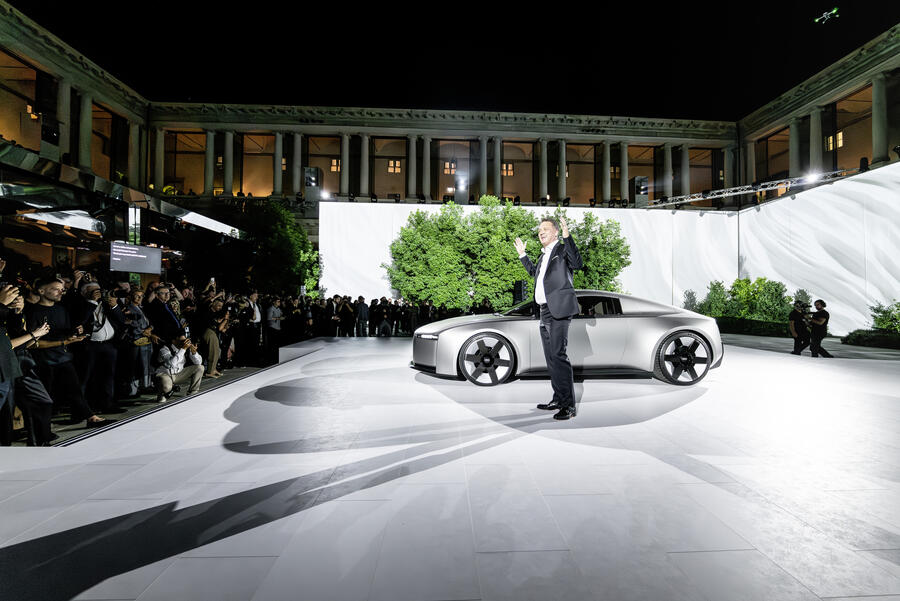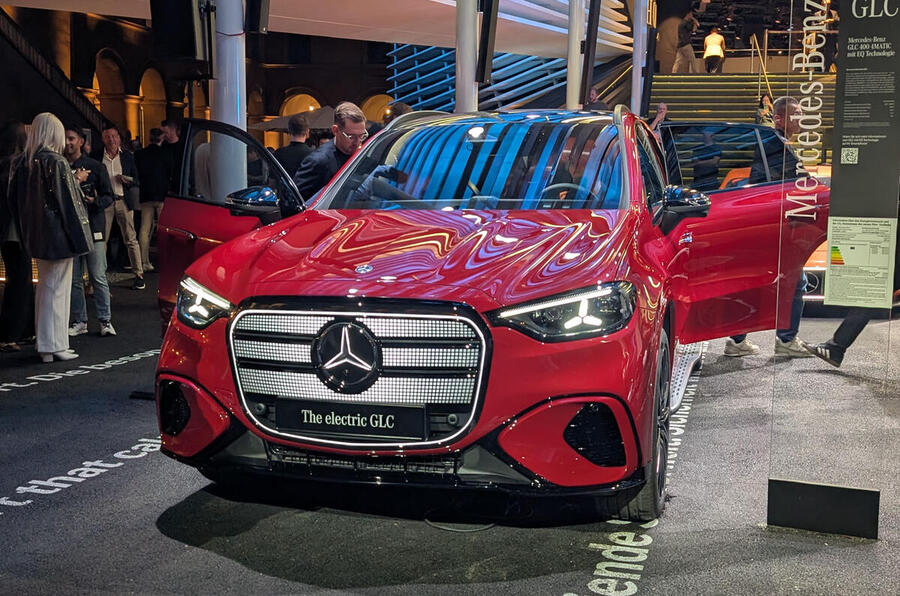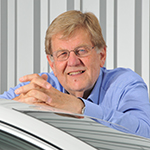To a person, the early arrivals look busy and happy to arrive at an event billed all year as the greatest European motor exhibition for a decade, maybe longer.
In the massive Munich motor show entrance hall, veteran attendees talk about enjoying again the very smell of a genuine motor show.
Not that this Munich event is like static shows of old. Sure, it’s based in a classically huge, six-hall exhibition centre, but in other locations across the city there have already been extravagant unveilings and displays, many involving dynamic demonstrations and lots of test driving, and there will be even more throughout the week.
Munich motor show 2025: all the best new cars
If you seek affirmation that car culture and a car industry still matters to at least one leading nation in Europe, here it is. However, you only need to take a few steps inside – and begin to eyeball the huge and fast-changing display screens that are everywhere – to realise that this show is far from being an old-time carefree chance to feast your eyes on the latest in mobility.
This is a car industry battleground. It's the place where a renewed European industry – mostly German, because of where we are – will show how it will use a slew of improved and rethought models to defend its stake in its home car market against a tidal wave of Chinese rivals, every one of them driven by a slowdown in their own home sales to seek customers across Europe.
Annual car making capacity in China today is 50 million, a helpful Chinese market expert tells me, but the home market can only accept 28 million. There are thus 22 million extremely well-priced Chinese cars per year seeking foreign homes, despite both the EU and US tariff uncertainties.
This fact has special implications for the UK car market, currently just about the easiest and most accepting of the lot for an importer to enter.

The seriousness of the challenge to Europe is laid bare by the extreme changes, particularly in tone of voice, of major players.
Audi has already revealed its superb 'TT' coupé concept – reminiscent in my eye of the Jaguar Type 00, in which its design chief Massimo Frascella was also heavily involved. Audi, says Frascella, aims to begin a new design era. He has already candidly told assembled hacks that the four-rings marque “lost its way” for a while and needs a bold, simple, new design direction. This is it.
BMW uses Munich to reveal its own hottest harbinger of change, the new iX3 EV, first production model from the much-discussed Neue Klasse family that will eventually to amount to 40 different cars. The aim is to greatly improve both the customer appeal and the economics of the Munich company’s whole car-making business.
The iX3 looks good – a little more like the outgoing model than some might have wished (one of the penalties of designing SUVs) and somewhat bigger than expected. Perhaps the first Neue Klasse saloon – previewed at the show and confirmed to take the i3 name – will be even better, we all agree.
Mercedes-Benz has plenty to offer too. Its big 'WELCOME HOME' slogan is on screens and hoardings everywhere and is doubtless meant to sound comforting - and to encourage those who know the brand values to embrace them again. To my ear, there’s a strikingly un-Mercedes lack of confidence about it. 'Please come back', they’re saying; 'you left us and now we really need you.' I'm not sure desperation sells. It's a million miles from 'Engineered Like No Other Car' back in the day.

Volkswagen is also in full change mode, but part of that change is backward. There’s lots of talk about the new, enticing range of small EV models building a 'true Volkswagen' line-up. All the talk is about realigning the range with Volkswagen's core values. There’s a bit of desperation there too – 'remember the good old days?' – but it works because it’s understandable. Small EVs have an appeal and a logic to the many of us numbed in recent years by successions of big saloons and endless identical SUVs with 500bhp-plus, as if such outputs were important to most car buyers.
But again, this isn’t a simple celebration of Volkswagen's capabilities and a chance to appreciate its view of the future. It’s a grim-faced circling of the wagons to meet a looming threat – from China. Many other displaying brands show the same mindset.
There are actually more Chinese manufacturers displaying at this Munich show than European ones, although you wouldn’t know it. Even well-known Oriental marques, established in Europe, are scattered to remote locations across the six-hall array, smothered by dozens of stands occupied by decent-enough component suppliers likely to be of little interest to the thousands of punters due here later in the week. Finding the likes of Changan, Xiaomi and Aito – all of which have new cars to show – is like being at an airport and being forced to walk through endless duty-free shops on your way to the departure gate.

Along the way, I learn that the initials of Aito – one of at least five car marques backed by the gigantic, controversial Huawei technology conglomerate – stand for 'Adding Intelligence To Auto'. This information comes one of many nice, open-faced, young Chinese brand ambassadors who intercept me as I wander past. They all seem keen to talk and happy to be at Europe’s greatest motor show. Not one, as far as I can judge, is interested in the overthrow of Western civilisation…
The Europe-versus-China thing is on everyone’s mind in Munich, yet it can’t be pitched as a battle. As all parties admit, the new Chinese arrivals employ copious numbers of Europeans to import, register, sell and service their products - surely a positive. And from the product appeal point of view, you can hardly expect a financially pressed European car consumer to feel guilty about buying the best-value car they can find, whatever its origin.
The focus of many discussions therefore was on what the European authorities, muleishly intent on implementing climate neutrality standards that pose an existential threat to the whole European car industry, can do to improve the situation.
The words 'sense of urgency' come up every time legislators were mentioned – not least by new Renault Group boss François Provost, who makes clear his belief that the European strategy on climate neutrality is wrong and that “technology neutrality with a push toward electric” is the way that will work.

One Munich feature, different from motor shows past, is its overall quietness. No loud displays; no bands or dance acts; even the ceiling-high video presentations are muted. “This place is a bit like electric cars themselves,” says one cynic. “No noise, no vibe.”
Yet such a dismissal of Munich’s mighty event – with its many associated city mobility festivals – would be a gross misinterpretation of what really happened.
Wonderful designs with new eye-appeal are everywhere. Huge improvements in the practical appeal of European cars have been prepared for whizzbang unveilings in these epoch-making days of early September 2025, likely to be remembered for many years. The excellence – and in many cases the anonymity – of the latest Chinese offerings is also laid bare.
Now the battle for the soul of the European car industry will begin in earnest.








Join the debate
Add your comment
There are amazing designs with fresh speed stars visual appeal everywhere. These historic days in early September 2025 have seen the preparation of massive advancements in the practical appeal of European automobiles for whizzbang unveilings.